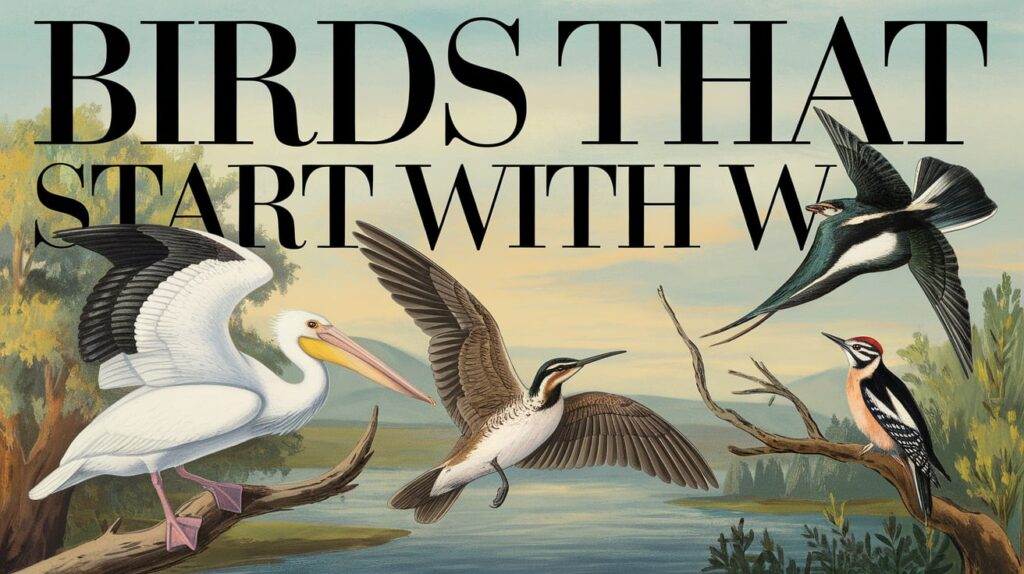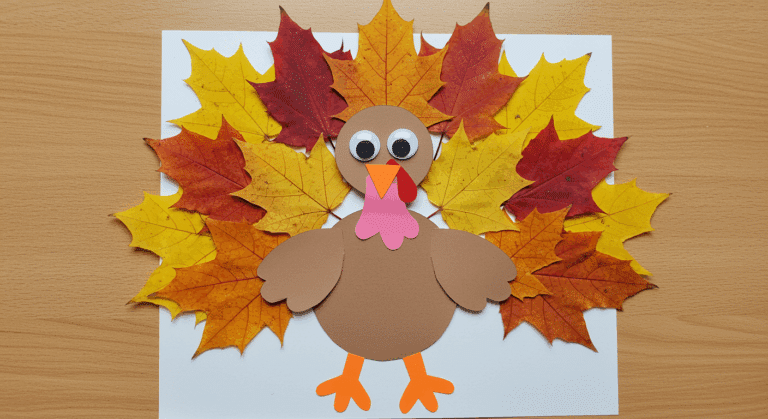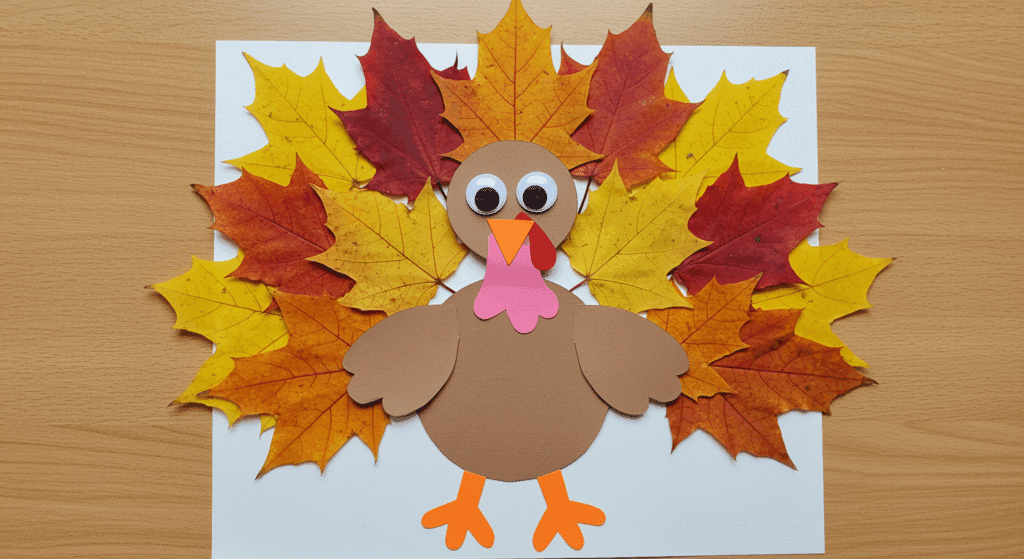Welcome to the fascinating bird world that starts with W!
This blog explores various bird species, from the melodious warbler to the majestic whooper swan, each with unique characteristics and behaviors.
Learn about the colorful Wood Duck, famous for its vibrant plumage, and the elusive Wilson’s Snipe, known for its surprising “winnowing” sounds during flight.
This comprehensive guide will enhance your understanding of these intriguing creatures and their roles within various ecosystems.
Join us as we delve into the lives of 199 different birds, beginning with W, celebrating the richness of avian diversity.
20 Most Common Birds Starting with W
1. Warbler
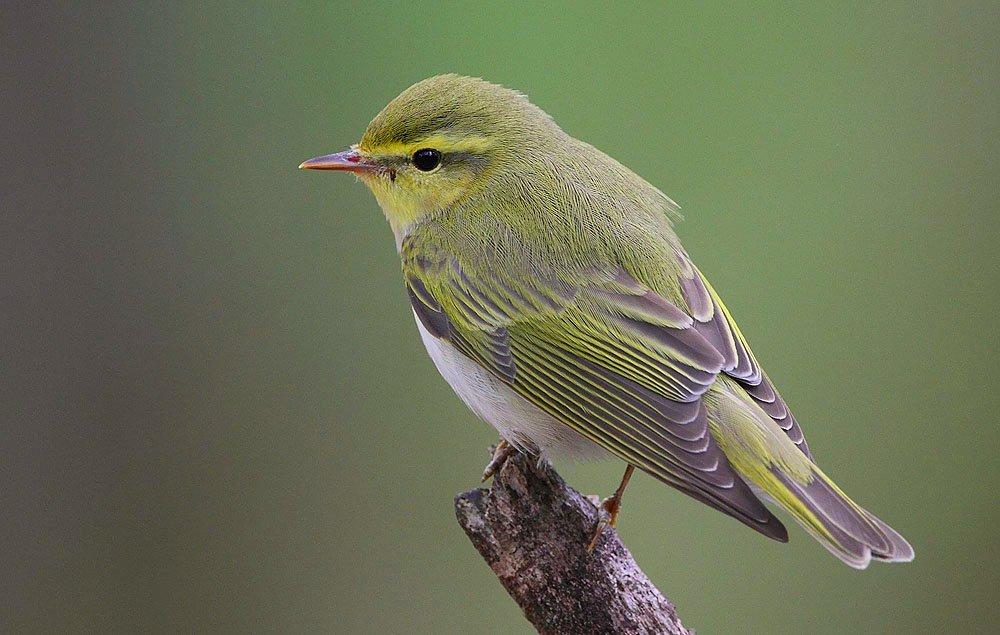
Warblers are a diverse and colorful group of small birds primarily known for their melodious songs. Many species exhibit vibrant plumage, especially during the breeding season, making them a favorite among birdwatchers.
- Common Name and Scientific Name: Warbler, Sylviidae or Parulidae families
- Physical Description: Small-sized birds with slim bodies, often brightly colored or distinctly patterned during breeding seasons.
- Habitat: Primarily woodlands, marshes, and dense shrubbery.
- Geographical Range: Found across North America, Europe, Asia, and parts of Africa.
- Interesting Facts: Many warblers are migratory, traveling long distances between breeding and wintering grounds.
2. Woodpecker
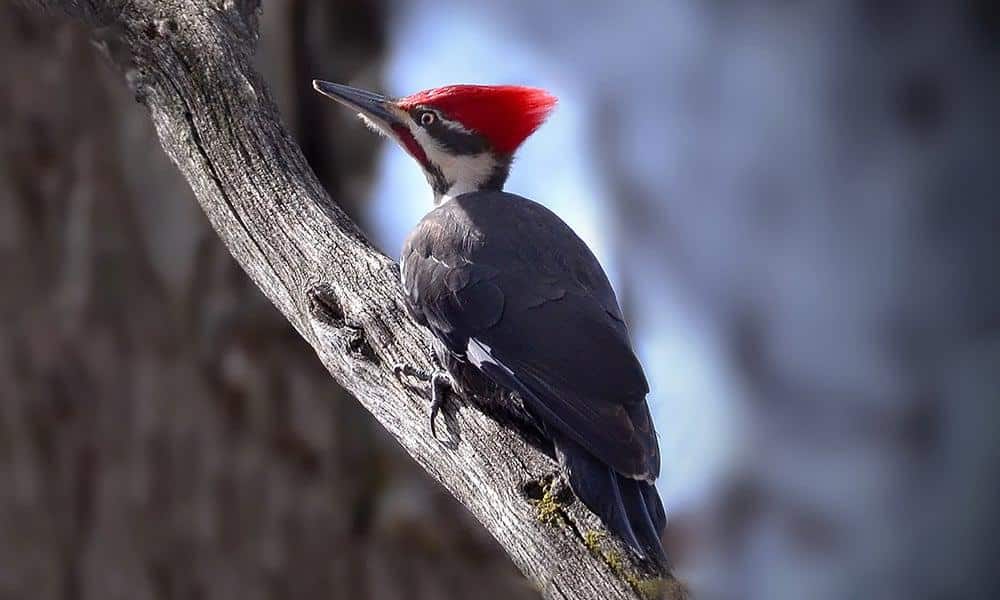
Woodpeckers are easily recognizable by their strong beaks and specialized skull structures that allow them to peck at wood without injury, searching for insects or creating nesting sites.
- Common Name and Scientific Name: Woodpecker, Picidae family
- Physical Description: Stout-bodied birds with strong bills and zygodactyl feet (two toes facing forward and two backward).
- Habitat: Forests, woodlands, and anywhere with trees or wooden structures.
- Geographical Range: Worldwide, except for Australia, Madagascar, and the extreme polar regions.
- Interesting Facts: Woodpeckers tap on tree trunks to communicate with others and to establish territory.
3. Wren
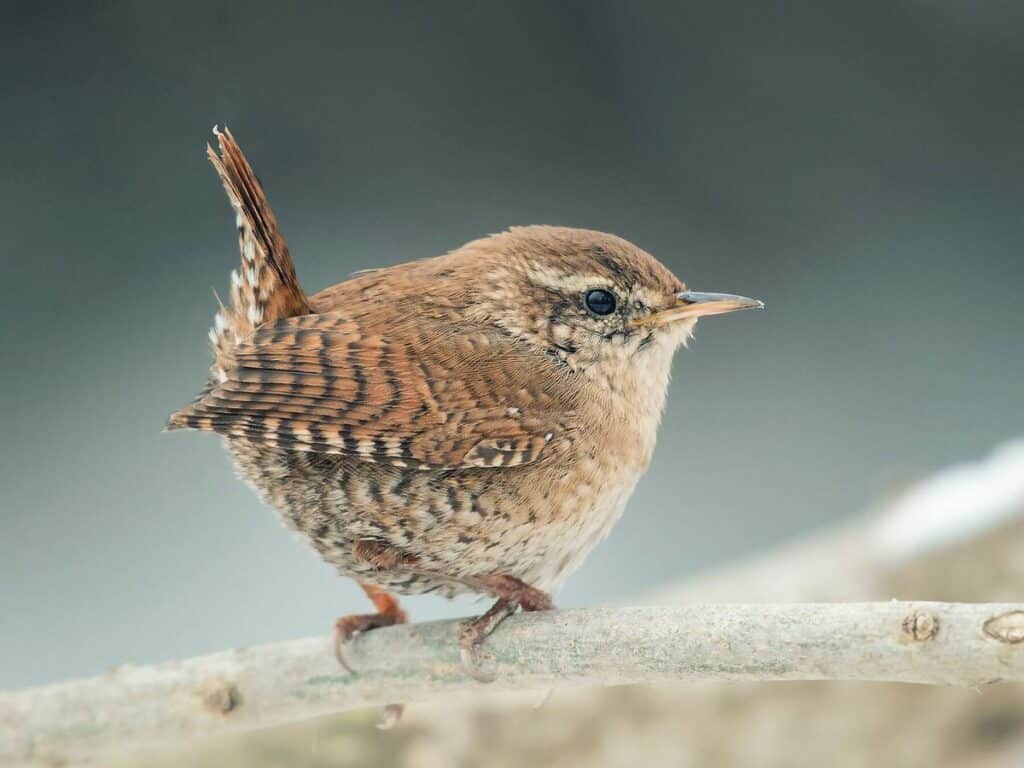
Wrens are small, brownish, highly active birds known for their loud and complex songs that seem too powerful to be produced by their tiny bodies.
- Common Name and Scientific Name: Wren, Troglodytidae family
- Physical Description: Small and compact, with brownish plumage and a distinctive upright tail.
- Habitat: Varied; from thick forests to suburban gardens.
- Geographical Range: Primarily found in the Americas, with the Eurasian wren in Europe and Asia.
- Interesting Facts: The Carolina wren, a common species, often nests in unusual places, such as old boots or boxes.
4. Waxwing
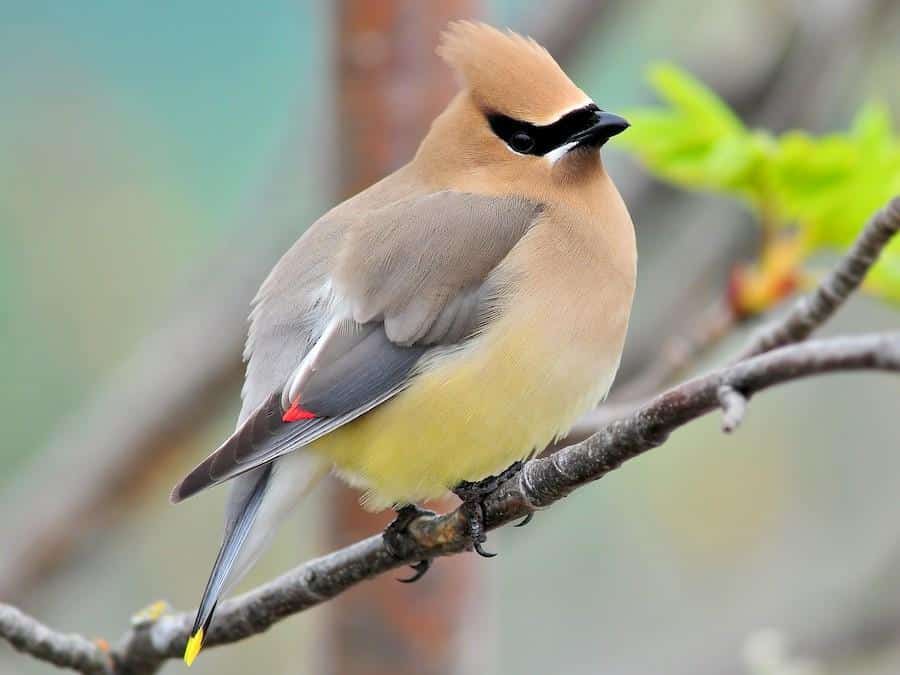
Waxwings are medium-sized birds known for their soft silky plumage and unique red tips on some of the wing feathers, resembling sealing wax, which gives them their name.
- Common Name and Scientific Name: Waxwing, Bombycilla genus
- Physical Description: Characterized by soft, silky feathers and distinctive waxy red tips on their wing feathers.
- Habitat: Open wooded areas, particularly those with berry sources in the winter.
- Geographical Range: Northern parts of North America, Europe, and Asia.
- Interesting Facts: Waxwings are highly social birds, often seen in large flocks in winter, feeding on berries together.
5. Waterhen
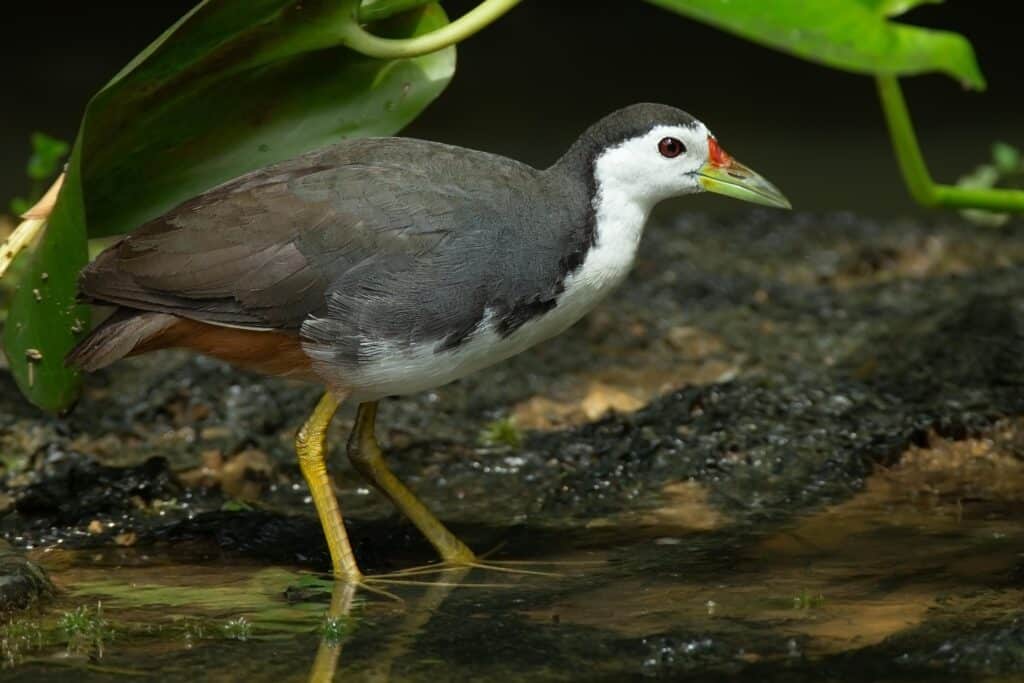
Waterhens, also known as moorhens, are water birds that are more often heard than seen, skulking through reeds at the water’s edge with their distinctive loud calls.
- Common Name and Scientific Name: Waterhen, Gallinula chloropus
- Physical Description: Medium-sized, dark-colored birds with a red frontal shield and a yellow-tipped bill.
- Habitat: Marshy wetlands and reedy ponds.
- Geographical Range: Found worldwide, excluding the polar regions.
- Interesting Facts: Waterhens can swim well and have a unique jerky way of moving through water, bobbing their heads.
6. Wagtail
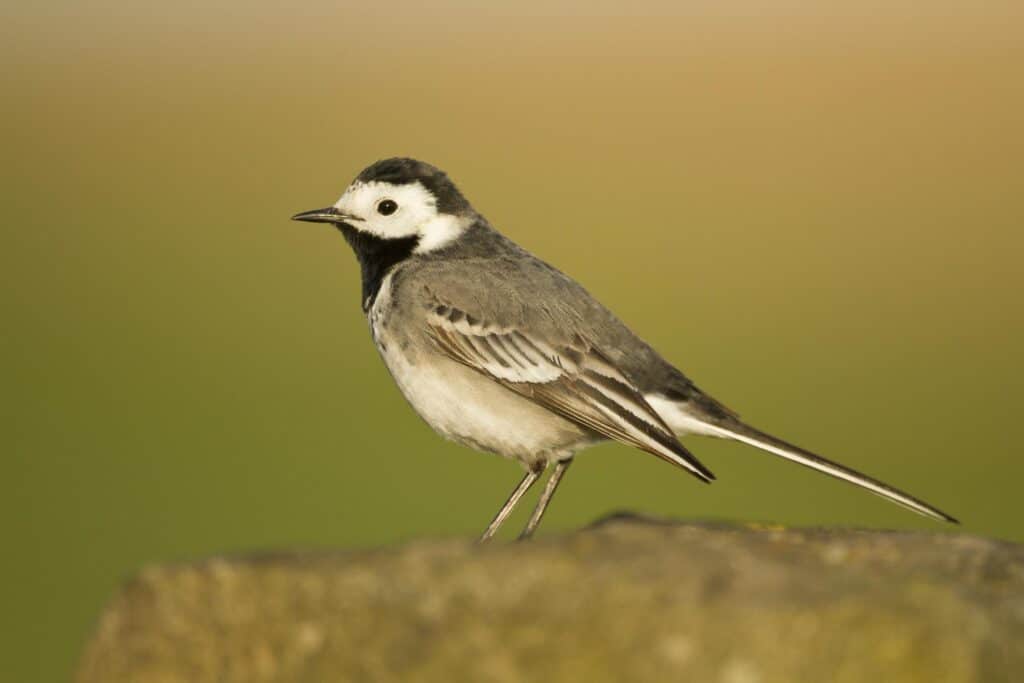
Wagtails are slender, graceful birds known for their constant tail wagging, which is thought to disturb insects and make them easier to catch.
- Common Name and Scientific Name: Wagtail, Motacilla genus
- Physical Description: Long-tailed birds, often with striking black, white, and gray plumage.
- Habitat: Open country near water bodies, often seen in gardens and fields.
- Geographical Range: Europe, Asia, Africa, and the Australian region.
- Interesting Facts: Their name comes from their habit of wagging their tail up and down, which they do more frequently when excited.
7. Woodcock
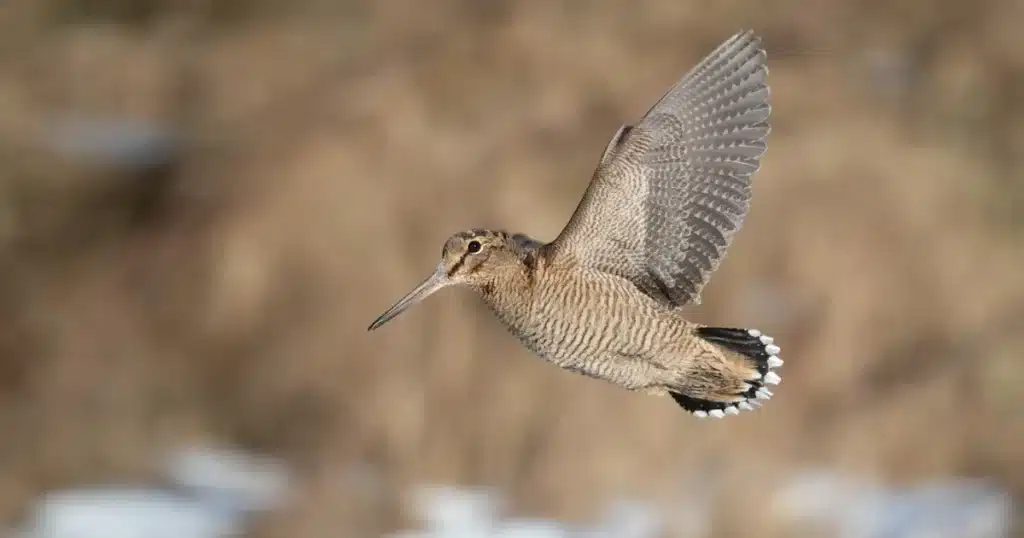
Woodcocks are secretive woodland birds known for their camouflaged plumage and unique ‘roding’ flight display during the breeding season.
- Common Name and Scientific Name: Woodcock, Scolopax rusticola
- Physical Description: Stocky birds with mottled brown and black plumage, perfect for hiding among the forest floor.
- Habitat: Dense woodlands with moist undergrowth.
- Geographical Range: Europe, Asia, and North America.
- Interesting Facts: Woodcocks have their eyes positioned on the sides of their heads, giving them almost 360-degree vision.
8. White-tailed Warbler
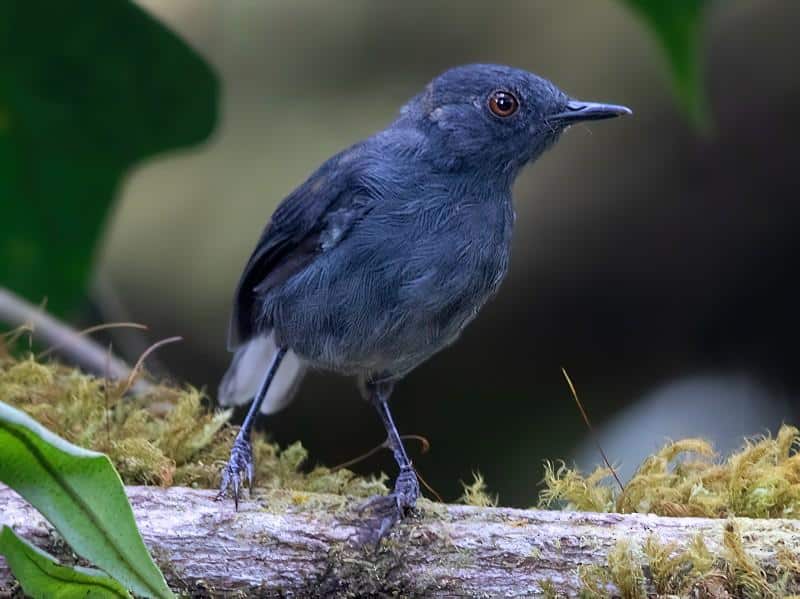
White-tailed Warblers are notable for their energetic behavior and distinctive vocalizations, varying from high-pitched notes to trills.
- Common Name and Scientific Name: White-tailed Warbler, Polioptila caerulea
- Physical Description: Small-sized bird with predominantly grey plumage and a long, white-edged tail.
- Habitat: Open woodlands and scrubby areas.
- Geographical Range: Found in North America, particularly the United States and Mexico.
- Interesting Facts: These warblers are extremely active insect hunters, often seen flitting about tree branches.
9. Weka
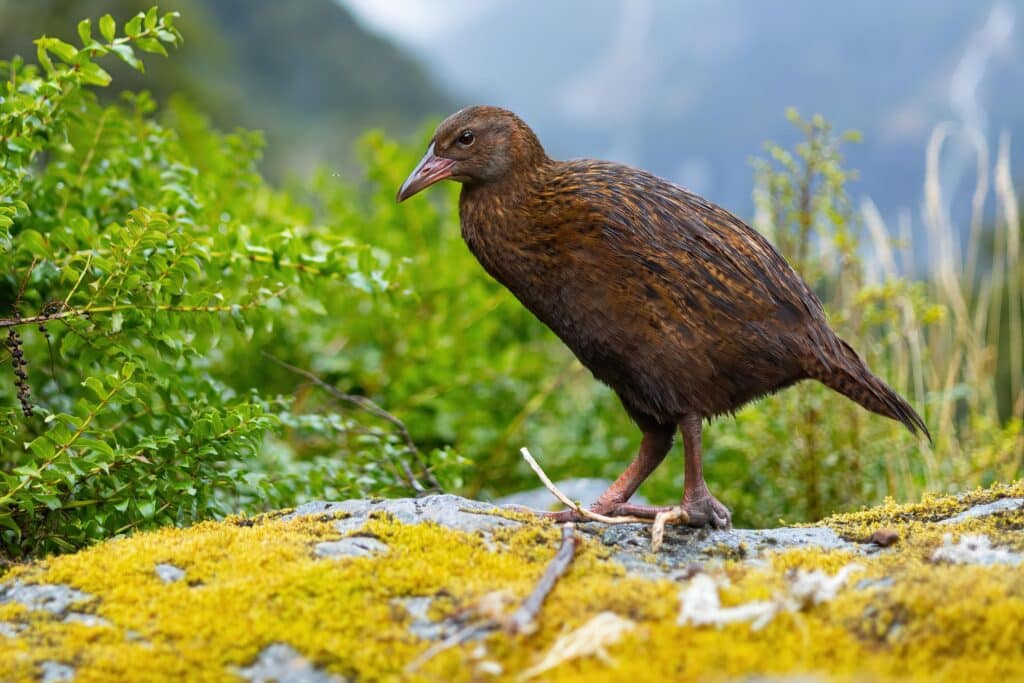
Wekas are robust, flightless birds native to New Zealand. They are known for their curious and bold behavior, often approaching humans.
- Common Name and Scientific Name: Weka, Gallirallus australis
- Physical Description: Stout build with brown and black plumage that helps them blend into their forest floor habitat.
- Habitat: They prefer dense forests and scrublands, but they are also found in grasslands and coastal areas of New Zealand.
- Geographical Range: Native to New Zealand.
- Interesting Facts: Wekas are known for their opportunistic eating habits, including taking unattended food from campsites.
10. Willet
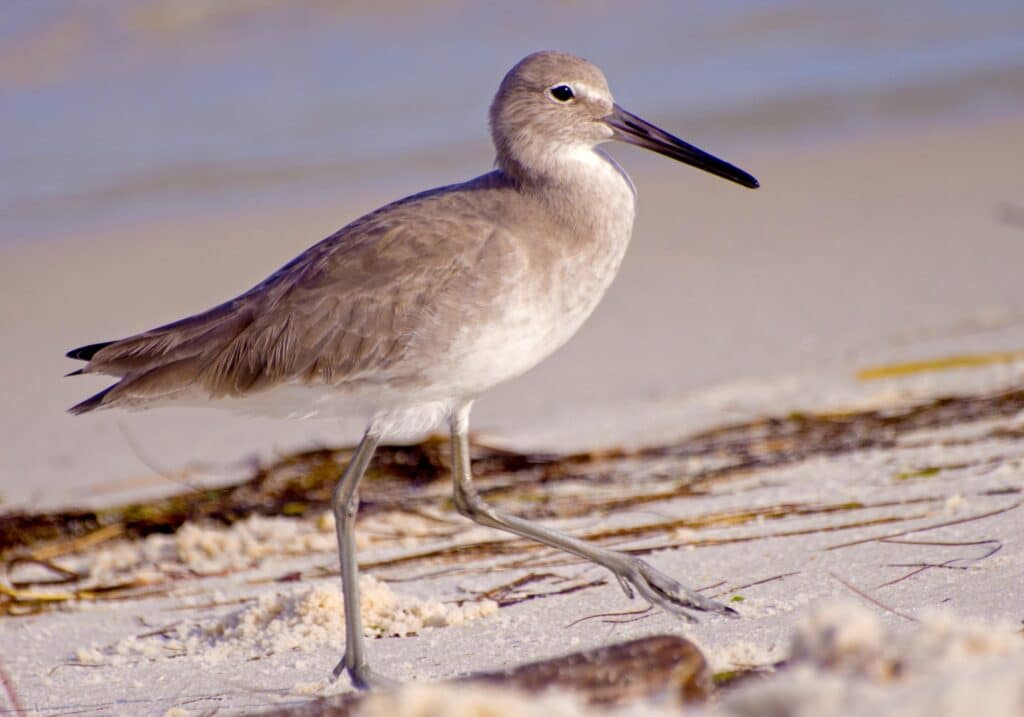
Willets are large shorebirds known for their piercing calls and bold black and white wing patterns seen during flight.
- Common Name and Scientific Name: Willet, Tringa semipalmata
- Physical Description: Large, stocky shorebird with gray-brown plumage and striking black and white wing markings.
- Habitat: Coastal beaches, mudflats, and salt marshes during breeding; southern coasts in winter.
- Geographical Range: Found across North and South America.
- Interesting Facts: Willets have a distinctive loud, pill-will-willet call often heard during their impressive aerial displays.
11. Wood Duck
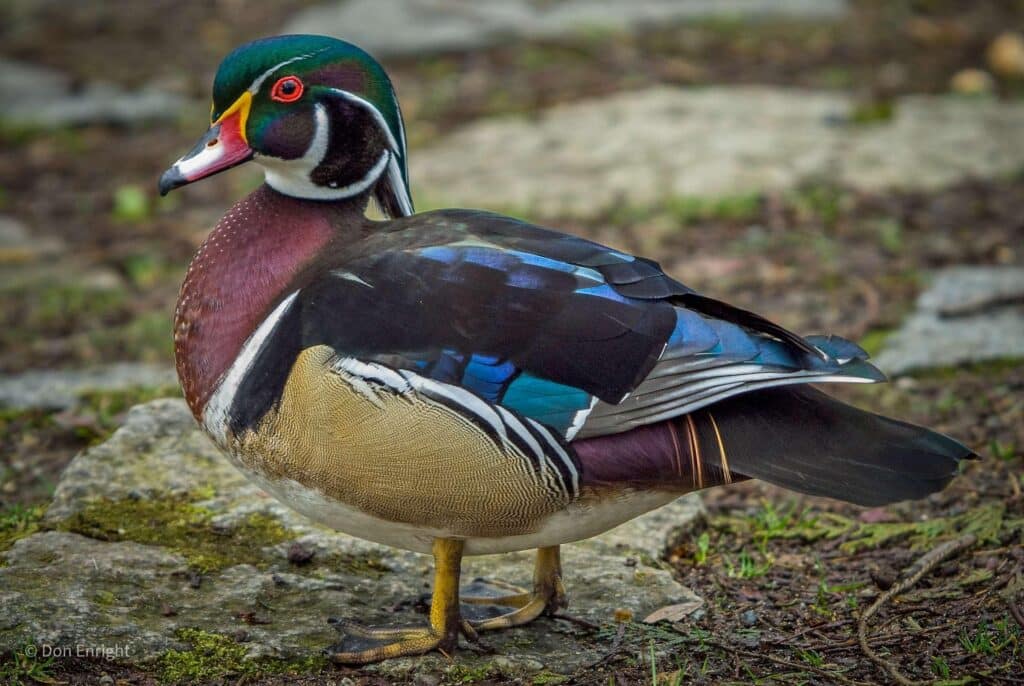
Wood Ducks are considered one of the most stunningly colorful North American waterfowl due to their intricate plumage patterns.
- Common Name and Scientific Name: Wood Duck, Aix sponsa
- Physical Description: Known for vibrant coloration, males have iridescent green and purple heads with ornate patterns throughout the body.
- Habitat: Wooded swamps, shallow lakes, and marshes.
- Geographical Range: Widespread across the eastern United States, with populations in the Pacific Northwest.
- Interesting Facts: Wood ducks are among the few North American ducks that can perch and nest in trees.
12. Whooper Swan
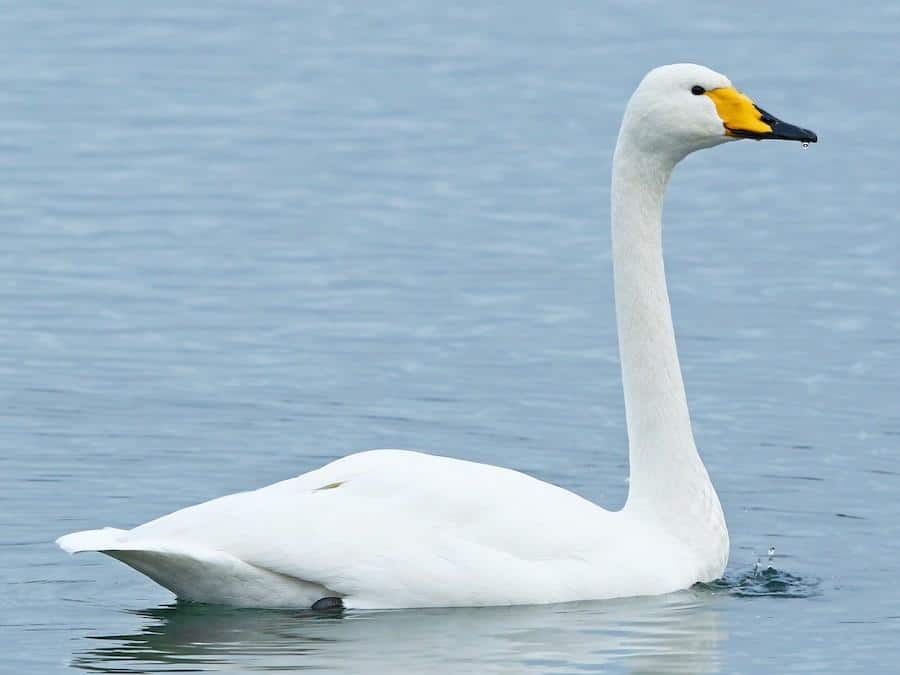
Whooper Swans are large waterbirds with long necks known for loud whooping calls and strong family bonds.
- Common Name and Scientific Name: Whooper Swan, Cygnus cygnus
- Physical Description: Large white swans with long necks and black and yellow beaks.
- Habitat: Wetlands, lakes, and slow-flowing rivers.
- Geographical Range: Breeds in the subarctic Eurasia, with winter ranges reaching Europe and East Asia.
- Interesting Facts: Whooper Swans are known for their powerful migratory flights, traveling hundreds to thousands of kilometers between their breeding and wintering sites.
13. Western Bluebird
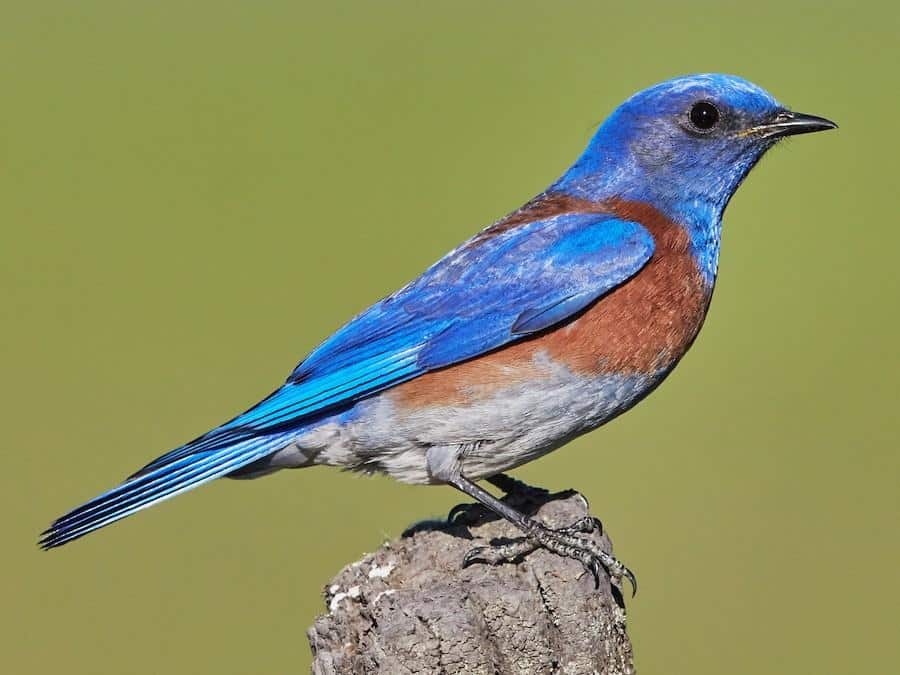
Western Bluebirds are small thrushes known for their vivid blue and rust plumage, often seen perching on wires in open country.
- Common Name and Scientific Name: Western Bluebird, Sialia mexicana
- Physical Description: Bright blue upperparts with rust-colored throat and chest in males; females are duller with grayish tones.
- Habitat: Open woodlands, farmlands, and orchards.
- Geographical Range: Found throughout the western United States and Mexico.
- Interesting Facts: These birds are cavity nesters, often using old woodpecker holes or artificial nest boxes.
14. Whip-poor-will
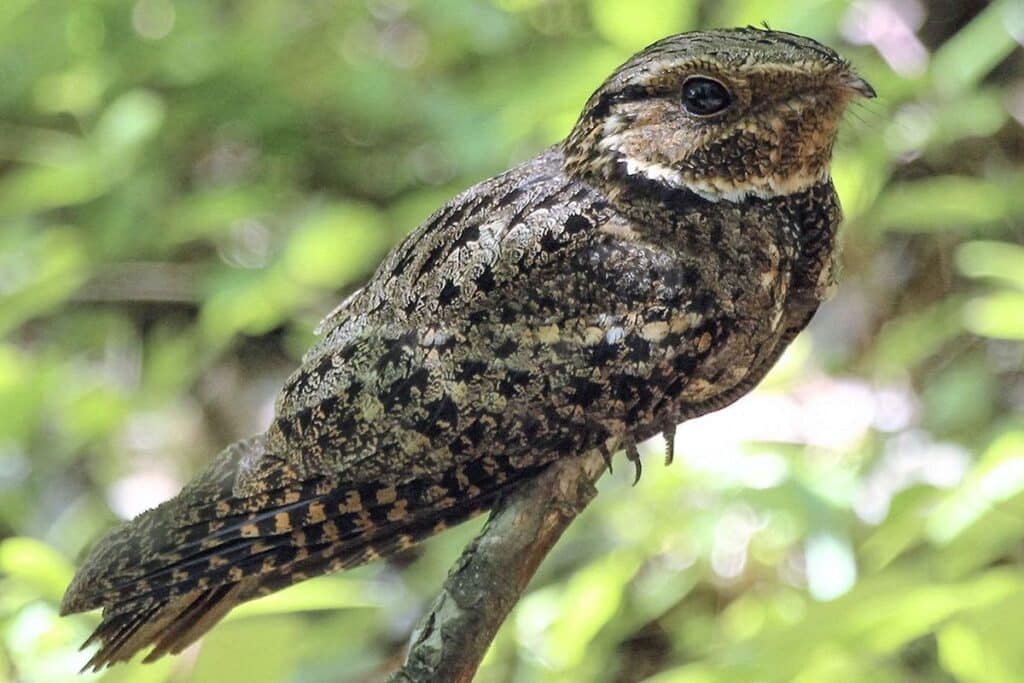
Named for their continuous “whip-poor-will” nighttime calling, these birds are nocturnal and excellently camouflaged against the forest floor.
- Common Name and Scientific Name: Whip-poor-will, Antrostomus vociferus
- Physical Description: Mottled brown and gray plumage that provides excellent camouflage against the leaf litter.
- Habitat: Deciduous woodlands and thickets.
- Geographical Range: Found across eastern and central North America.
- Interesting Facts: Whip-poor-wills are rarely seen due to their nocturnal habits and camouflage; they are often heard during their active periods at dusk and dawn.
15. White Ibis
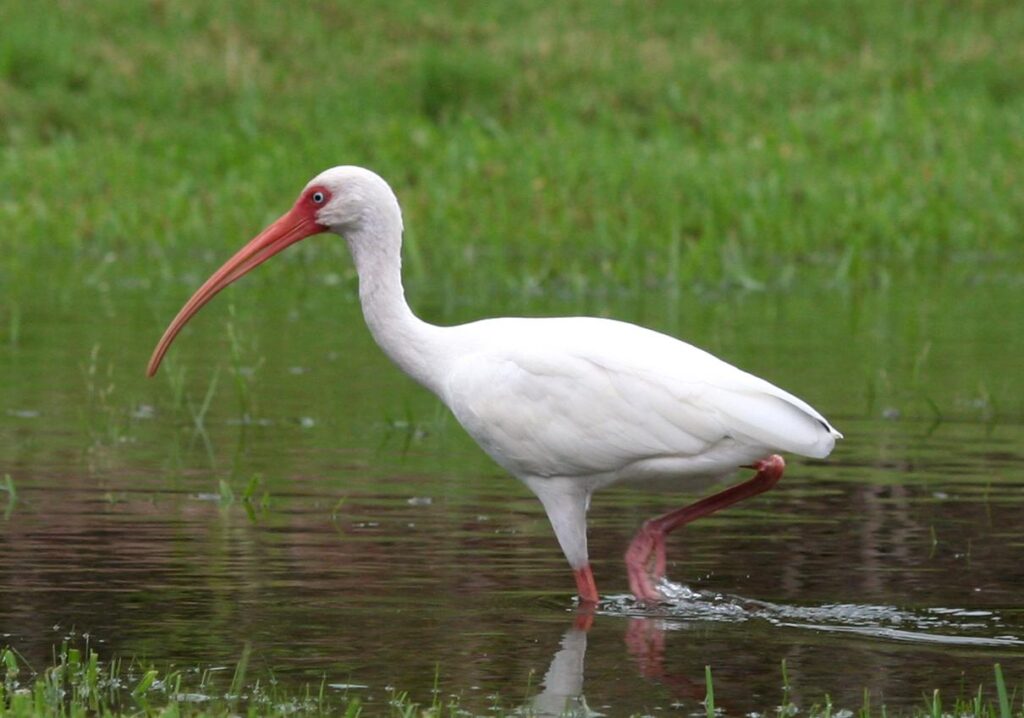
White Ibises are distinctive for their all-white plumage and long, curved red bills, commonly seen foraging in shallow waters.
- Common Name and Scientific Name: White Ibis, Eudocimus albus
- Physical Description: Predominantly white with a long, curved red bill and red legs.
- Habitat: Coastal marshes, wetlands, and mudflats.
- Geographical Range: Coastal regions of the southeastern United States, Central America, and northern South America.
- Interesting Facts: White Ibises gather in large colonies for breeding and are highly sociable during this period, often nesting with other waterbird species.
16. Wood Stork
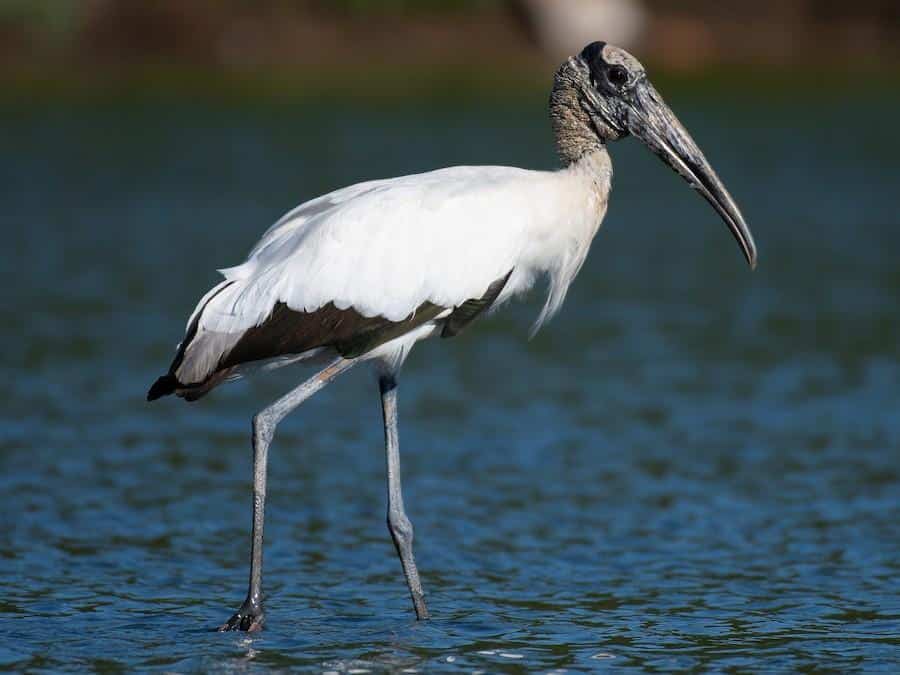
Wood Storks are large wading birds recognized for their distinctive bald heads and long legs, making them a striking presence in wetlands.
- Common Name and Scientific Name: Wood Stork, Mycteria americana
- Physical Description: Large, white body with a bald, black head and a long, thick bill.
- Habitat: Swamps, marshes, and other freshwater wetlands.
- Geographical Range: Southeastern United States, Central America, and South America.
- Interesting Facts: Wood Storks are indicators of wetland health, as their breeding success is directly related to the water levels, which affect the availability of their fish prey.
17. Western Meadowlark
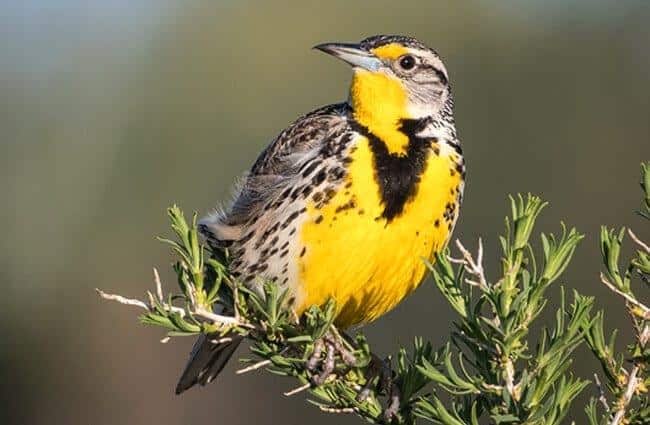
Western Meadowlarks are noted for their bright yellow bellies and melodic songs, making them a beloved symbol of the American West.
- Common Name and Scientific Name: Western Meadowlark, Sturnella neglecta
- Physical Description: Bright yellow underparts with a black “V” on the chest, brown and white streaked back.
- Habitat: Open and semi-open grasslands, fields, and meadows.
- Geographical Range: Central and western North America.
- Interesting Facts: Despite their name, meadowlarks are not larks but part of the blackbird family and are related more closely to orioles.
18. Willow Ptarmigan
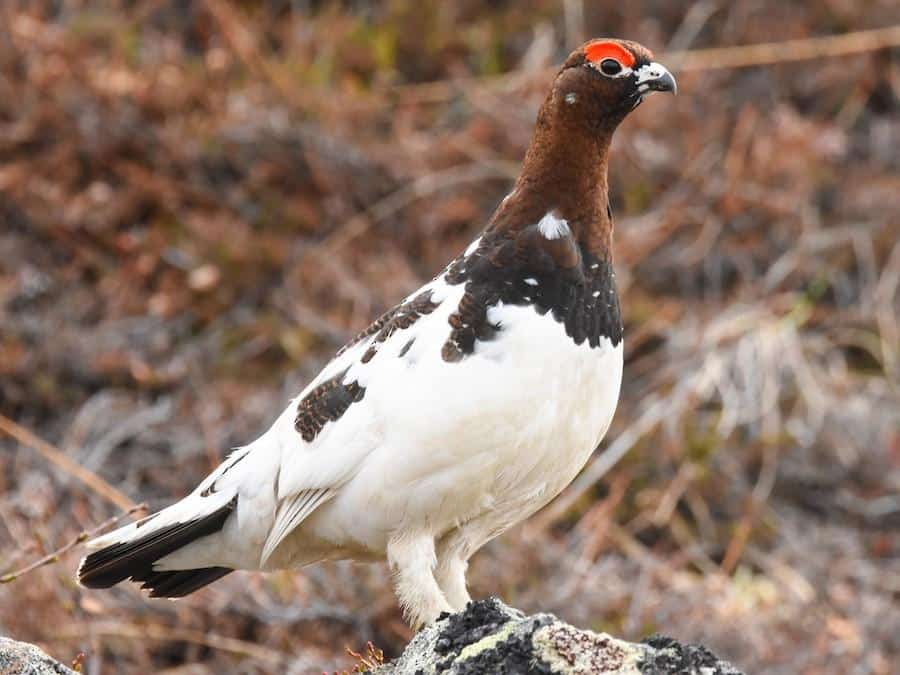
Willow Ptarmigans are the largest ptarmigan species and are notable for their seasonal color changes from brown in summer to white in winter.
- Common Name and Scientific Name: Willow Ptarmigan, Lagopus lagopus
- Physical Description: Brown plumage in summer that turns white in winter to blend with snowy landscapes; males have red wattles above the eyes.
- Habitat: Tundra and moorlands.
- Geographical Range: Circumpolar in the northern regions of North America, Europe, and Asia.
- Interesting Facts: They are the state bird of Alaska and are well adapted to cold environments, with feathered feet that act like snowshoes.
19. White-throated Sparrow
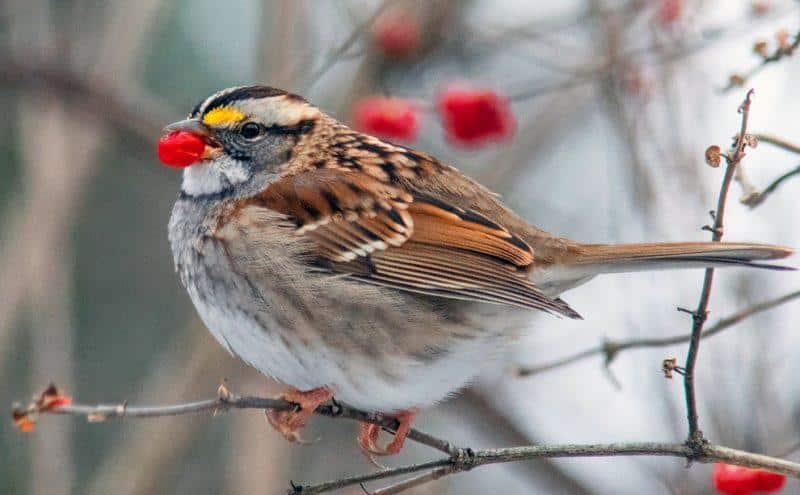
White-throated Sparrows are attractive birds with distinctive white throat patches and a sweet, sad song that echoes through their habitats.
- Common Name and Scientific Name: White-throated Sparrow, Zonotrichia albicollis
- Physical Description: Grayish-brown with a white throat, yellow lores, and distinct head stripes that can be white or tan depending on the morph.
- Habitat: Woodlands, thickets, and garden areas, especially during migration and winter.
- Geographical Range: Breeds in Canada and the northeastern United States; winters in the southern United States.
- Interesting Facts: These sparrows have two distinct color morphs, white-striped and tan-striped, which differ in appearance, behavior, and even mating preferences.
20. Wilson’s Snipe
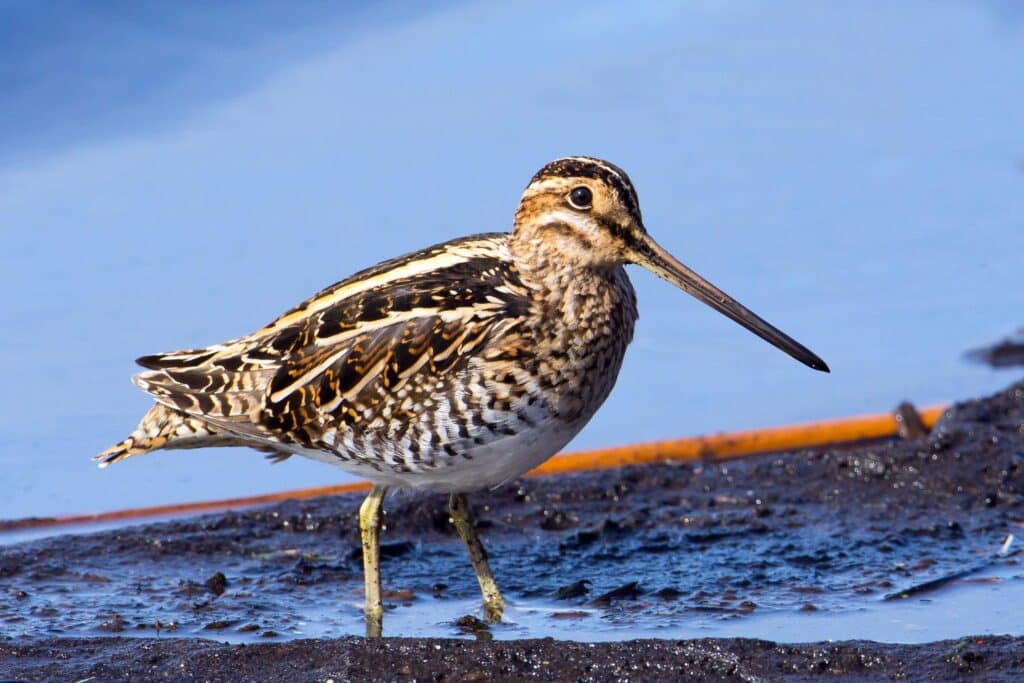
Wilson’s Snipes are elusive shorebirds known for their secretive behavior and display flights’ unique, haunting “winnowing” sound.
- Common Name and Scientific Name: Wilson’s Snipe, Gallinago delicata
- Physical Description: Camouflaged brown and black striping with a long, straight bill and short legs.
- Habitat: Wet meadows, marshes, and muddy edges of ponds and streams.
- Geographical Range: Found throughout North America.
- Interesting Facts: The “winnowing” sound is made by air passing over their tail feathers during a steep dive in their courtship flights.
179 Additional Birds Starting with W
- Water Rail
- Wandering Albatross
- Wattled Crane
- Waxbill
- Weebill
- Wedge-tailed Eagle
- Western Gull
- Western Grebe
- Western Kingbird
- Western Reef Heron
- Western Sandpiper
- Western Tanager
- Western Wood-Pewee
- Whimbrel
- White-backed Woodpecker
- White-bellied Sea Eagle
- White-breasted Nuthatch
- White-browed Coucal
- White-cheeked Turaco
- White-chinned Petrel
- White-collared Swift
- White-crowned Sparrow
- White-eared Bulbul
- White-eyed Vireo
- White-faced Heron
- White-faced Ibis
- White-faced Whistling Duck
- White-fronted Bee-eater
- White-fronted Chat
- White-headed Vulture
- White-headed Woodpecker
- White-naped Crane
- White-necked Raven
- White-rumped Sandpiper
- White-rumped Shama
- White-tailed Eagle
- White-tailed Kite
- White-tailed Tropicbird
- White-throated Kingfisher
- White-throated Needletail
- White-throated Robin
- White-throated Swift
- White-throated Toucan
- White-tipped Dove
- White-winged Dove
- White-winged Scoter
- White-winged Tern
- White-winged Triller
- Whitethroat
- Whooping Crane
- Wild Turkey
- Willow Flycatcher
- Willow Warbler
- Wilson’s Bird-of-paradise
- Wilson’s Phalarope
- Wilson’s Plover
- Wilson’s Storm Petrel
- Windward Islands Whistling Warbler
- Wine-throated Hummingbird
- Winter Wren
- Wire-tailed Swallow
- Wood Sandpiper
- Wood Thrush
- Wood Warbler
- Woodchat Shrike
- Worm-eating Warbler
- Wren-babbler
- Wrenthrush
- Wryneck
- Wallace’s Fruit Dove
- Wallace’s Hawk-Eagle
- Wallace’s Owlet-nightjar
- Wallcreeper
- Warbling Vireo
- Ward’s Trogon
- Water Pipit
- Watercock
- Waterfall Swift
- Waterside Warbler
- Waterthrush
- Wattled Jacana
- Wattled Starling
- Wedge-rumped Storm Petrel
- Wedgebill
- Western Bearded Greenbul
- Western Bristlebird
- Western Bronze-naped Pigeon
- Western Capercaillie
- Western Chat-Tanager
- Western Emerald
- Western Fieldwren
- Western Ground Parrot
- Western Jackdaw
- Western Marsh Harrier
- Western Nicator
- Western Olivaceous Warbler
- Western Orphean Warbler
- Western Osprey
- Western Parotia
- Western Plantain-eater
- Western Reef Egret
- Western Rosella
- Western Screech Owl
- Western Spindalis
- Western Spinebill
- Western Spot-billed Duck
- Western Warbling Vireo
- Western Wattlebird
- Western Yellow Robin
- Westland Petrel
- Wetar Ground Dove
- Whiskered Treeswift
- Whiskered Wren
- Whiskered Yuhina
- White Wagtail
- White’s Thrush
- White-backed Night Heron
- White-backed Swallow
- White-banded Tanager
- White-banded Tyranulet
- White-barred Piculet
- White-bellied Antbird
- White-bellied Blue Flycatcher
- White-bellied Cinclodes
- White-bellied Heron
- White-bellied Parrot
- White-bellied Sea Eagle
- White-bellied Spinetail
- White-bellied Woodstar
- White-billed Diver
- White-breasted Cormorant
- White-breasted Waterhen
- White-browed Crake
- White-browed Robin
- White-browed Scrubwren
- White-capped Albatross
- White-capped Bunting
- White-capped Water Redstart
- White-cheeked Pintail
- White-chested White-eye
- White-collared Kite
- White-crowned Forktail
- White-crowned Pigeon
- White-eared Barbet
- White-eared Hummingbird
- White-eyed Duck
- White-fronted Amazon
- White-fronted Ground Tyrant
- White-fronted Nunbird
- White-headed Buffalo Weaver
- White-headed Duck
- White-headed Lapwing
- White-lined Tanager
- White-lored Gnatcatcher
- White-mantled Barbet
- White-naped Brushfinch
- White-naped Honeyeater
- White-naped Jay
- White-naped Tit
- White-naped Xenopsaris
- White-necked Jacobin
- White-necked Picathartes
- White-necked Stork
- White-plumed Honeyeater
- White-rumped Munia
- White-rumped Shrike
- White-rumped Swiftlet
- White-shouldered Antbird
- White-shouldered Antshrike
- White-shouldered Ibis
- White-shouldered Tanager
- White-sided Flowerpiercer
- White-sided Hillstar
- White-tailed Blue Flycatcher
- White-tailed Emerald
- White-tailed Goldenthroat
- White-tailed Hawk
- White-tailed Nightjar
- White-tailed Robin
Summing Up
In exploring birds that start with W, we’ve discovered a vibrant spectrum of avian life, from the warblers’ enchanting songs to the woodpeckers’ amazing foraging skills.
Highlights included the wood duck’s stunning plumage and the whooper swan’s impressive migratory journeys.
We also explored lesser-known species like the weka, which was celebrated for its boldness, and the willow ptarmigan, which was noted for its seasonal camouflage.
We hope this journey through the birds’ alphabet informs and inspires greater appreciation and conservation efforts for these remarkable species and their habitats.
Join us as we continue to explore and celebrate the wonders of birdlife.


